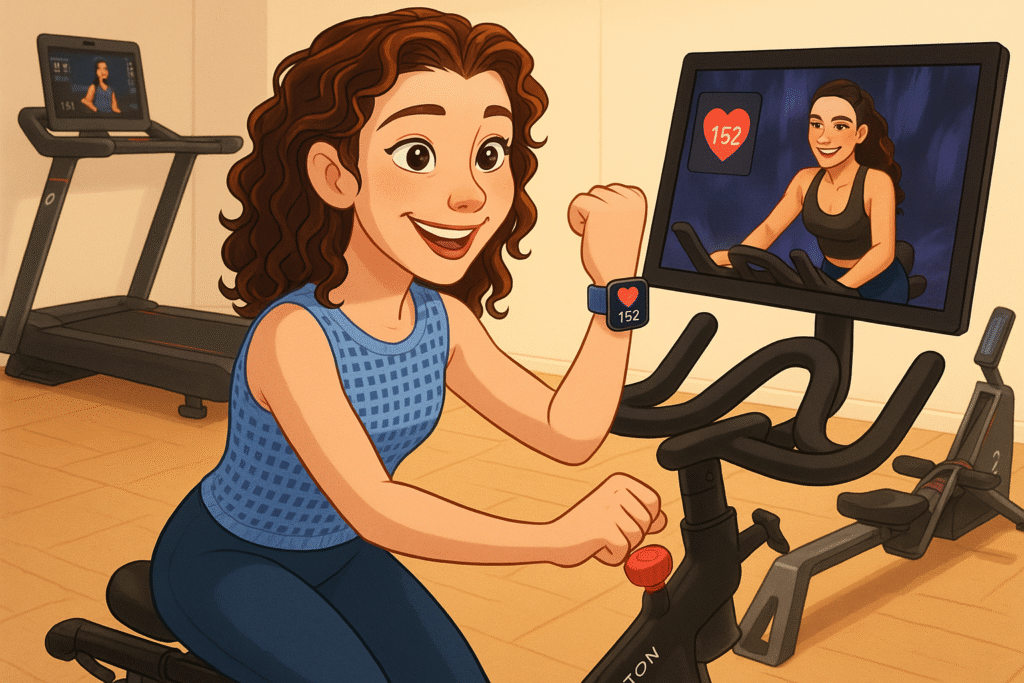
A new Peloton-Fitbit partnership email landed in my inbox this morning, offering members $40 off a Fitbit Charge 6 for “real-time heart rate tracking, powered by Fitbit.”
At first glance, it looks like your usual cross-promotion between fitness brands.
But it’s really something much more strategic.
Remember that Peloton-Hyatt hotel partnership I wrote about a few days ago?
That was about maintaining workout continuity while traveling — keeping customers connected to their routines away from home.
This Fitbit deal serves a different purpose entirely.
It’s designed to make Peloton the gravitational center of your entire fitness universe.
Once you’re tracking heart rate on your Peloton screen, seeing those real-time zones, and using their Strive Score feature, you’re not just working out — you’re generating data that becomes addictive to monitor.
That Fitbit doesn’t stop at tracking your Peloton sessions. It monitors your all-day activity, sleep patterns, and stress levels. Suddenly you’re thinking about your fitness metrics constantly, not only during the 30 minutes you’re sweating it out on the bike.

The 40-buck discount isn’t trying to profit from device sales.
It’s an investment in ecosystem lock-in.
In I Need That, I discuss how successful products become central to customers’ identity and daily routines. But the smartest companies go miles further. They position their core product as the HUB and conduit that makes other products more valuable.
Product Payoff: Apple perfected this strategy with their ecosystem approach. The Apple Watch becomes more valuable when paired with an iPhone, AirPods work seamlessly across Apple devices, and iCloud makes everything sync effortlessly. (I also pair my Apple Watch with the Peloton Bike, replacing the uncomfortable chest strap I used to wear for heart rate monitoring. It’s so much better.)
Each additional Apple product doesn’t just add functionality — it increases the switching cost of leaving the ecosystem.
Studies show Apple customers have a 92% retention rate partly because abandoning one Apple product means losing integrated benefits across all their devices.
The ecosystem creates compound loyalty that individual products alone cannot achieve.
Chart out your ecosystem: Identify complementary products or services that could enhance your core offering. What tools, accessories, or partner products do your best customers already use alongside yours?
Explore partnership opportunities that position your product as the central hub rather than just one of several components. Reach out to the those organizations with your ideas, communicating how it would benefit THEM.
Your goal is to increase the total value customers get from choosing you as their primary solution, where the partner also wins big.
What product ecosystem have you gotten completely locked into, where switching would mean losing multiple integrated benefits?
Tap that reply arrow tell me about your own ecosystem lock-in experience.
Or reach out to my team of partnership strategy specialists at Graphos Product.
